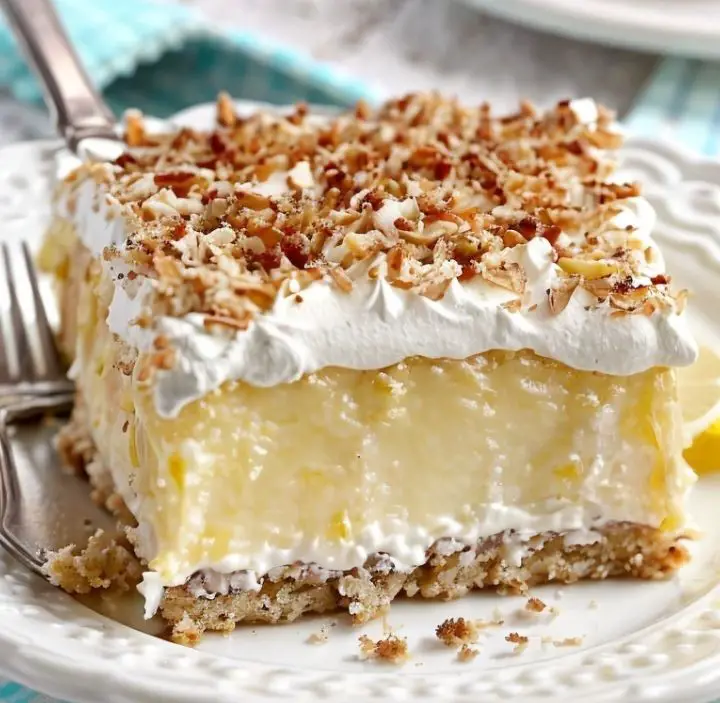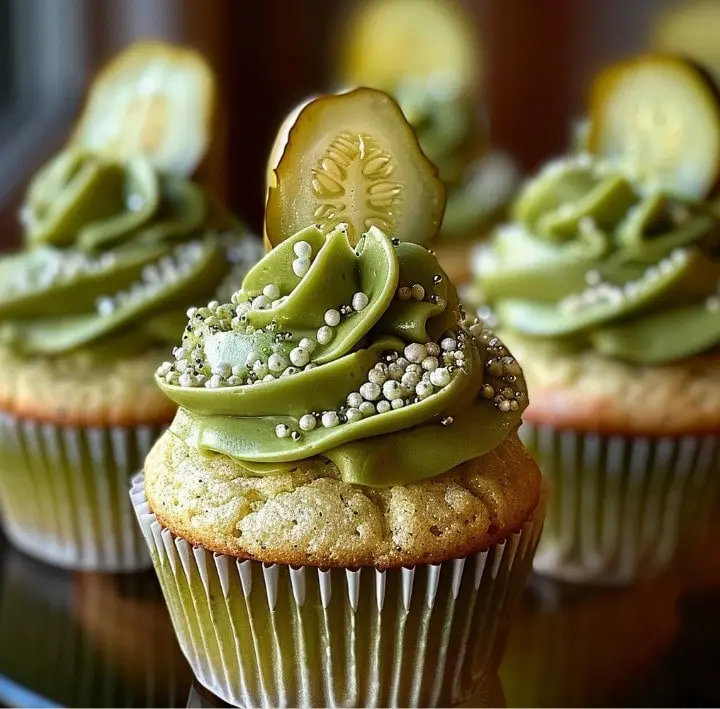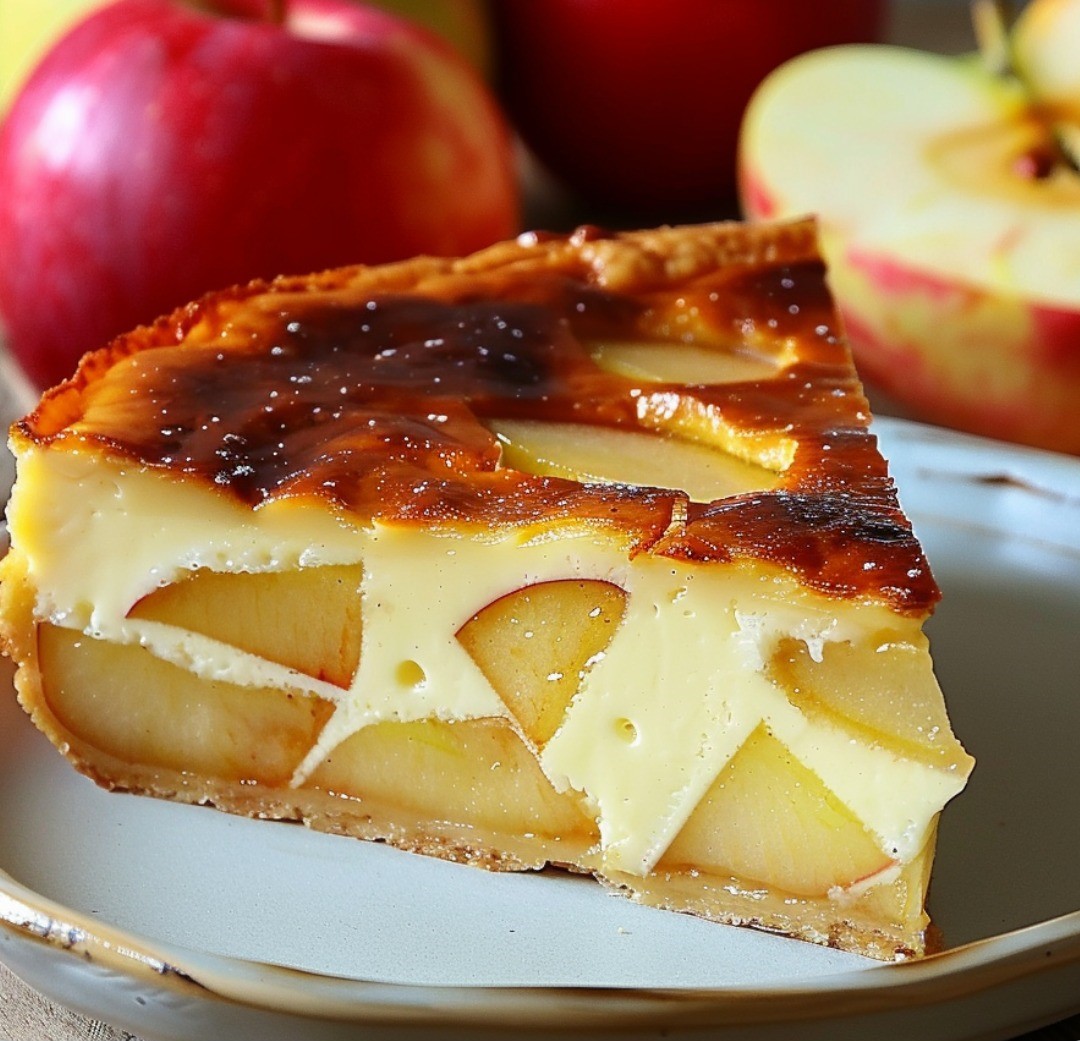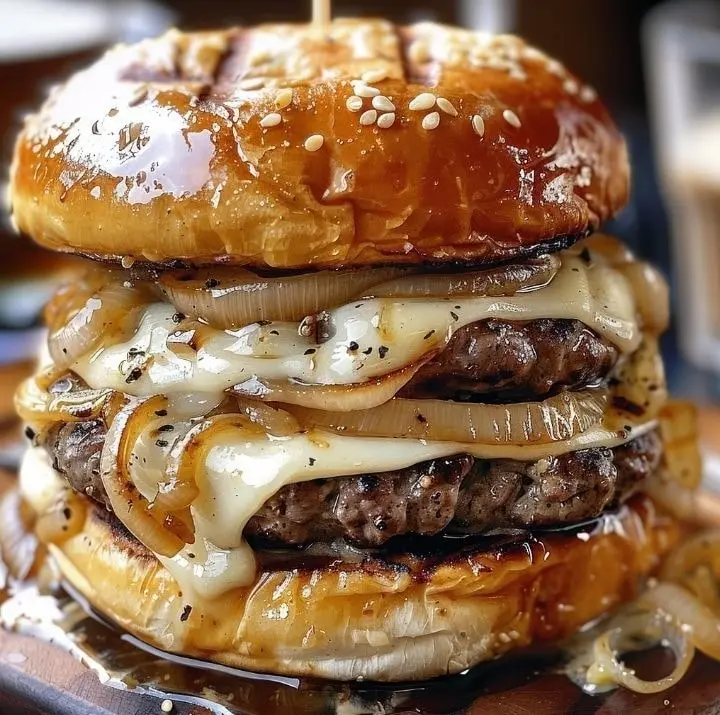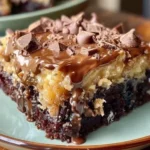The journey of coconut cream pie from a simple dessert to an iconic American treat is a fascinating tale of culinary evolution. Originating in the tropical regions where coconuts are abundant, the pie has undergone numerous transformations to become the beloved dessert we know today. The earliest versions of coconut pie date back to the 19th century, incorporating fresh coconut, sugar, and eggs into a simple yet flavorful filling. As the popularity of coconut and its products spread globally, so did the variations of coconut pie, eventually leading to the creation of the coconut cream pie.
This dessert gained prominence in the United States, particularly noted for its creamy texture and rich flavor. The coconut cream pie we are familiar with today typically consists of a flaky pie crust filled with a smooth, coconut-flavored custard or cream, topped with whipped cream and toasted coconut flakes. Its popularity surged in the mid-20th century, becoming a staple in diners and bakeries across the country. The pie’s comforting texture and the perfect balance of sweetness have made it a favorite among dessert lovers.
The evolution of coconut cream pie reflects broader trends in American baking and dessert culture, showcasing the integration of tropical flavors into traditional Western desserts. Today, it stands not just as a testament to culinary innovation but also as a beloved symbol of comfort food. Whether enjoyed at a family gathering, a holiday table, or a casual diner, coconut cream pie remains a timeless favorite, cherished for its delightful combination of flavors and textures.
For those interested in the broader history of pies and their cultural significance, Wikipedia offers a comprehensive overview that traces their origins and evolution. Additionally, understanding the culinary uses of coconut can provide deeper insight into how this versatile ingredient has been embraced in various cuisines around the world, further enriching the story of coconut cream pie.
Key Ingredients Overview
Creating the perfect coconut cream pie requires a harmonious blend of key ingredients, each contributing to the pie’s signature flavor and texture. Here’s a brief overview of the essential components:
- Coconut: The star of the show, sweetened coconut flakes, not only infuse the filling with a rich, tropical flavor but also add a delightful texture to the topping. For an in-depth look at coconut cultivation, this Wikipedia article provides valuable insights.
- Half-and-Half: This blend of milk and cream brings a luxurious creaminess to the pie filling, making it irresistibly smooth.
- Sugar: A crucial ingredient, sugar sweetens the filling to perfection, balancing the coconut’s natural flavors.
- Flour: All-purpose flour thickens the pie filling, giving it the ideal consistency that holds well when sliced.
- Eggs: Eggs are the binding force in the filling, contributing to its custard-like texture while also adding richness.
- Salt and Vanilla: A pinch of salt enhances the overall flavor profile, while vanilla extract adds a subtle depth and warmth, rounding out the filling’s taste.
- Pie Shell: Whether store-bought or homemade, a flaky pie shell serves as the base for the filling, its buttery texture complementing the creamy filling.
- Whipped Topping: A cloud of whipped cream or a homemade whipped topping crowns the pie, adding a light, airy contrast to the dense filling beneath.
Each ingredient plays a pivotal role in creating the coconut cream pie‘s beloved taste and texture. By understanding the importance of quality ingredients and their contributions, bakers can elevate their pie to new heights of deliciousness. For those seeking inspiration or tips on baking, Pinterest is a treasure trove of creative baking ideas that can add a unique twist to traditional recipes.
The Perfect Coconut Cream Pie Recipe
Crust Preparation
The foundation of an unforgettable coconut cream pie begins with the perfect crust. A flaky, buttery base not only supports the creamy filling but also adds a delightful contrast in textures. For those venturing into homemade crusts, start with cold ingredients to ensure the dough remains manageable. Combine 1 ¼ cups of all-purpose flour with a pinch of salt in a large bowl. Cut in ½ cup of cold, unsalted butter until the mixture resembles coarse crumbs. Gradually add 2-4 tablespoons of ice water, just enough to bring the dough together. Wrap the dough in plastic and chill for at least an hour before rolling it out to fit a 9-inch pie plate. Bake at 425°F (220°C) for 12-15 minutes or until golden. Let it cool completely before adding the filling. This crust serves as a canvas for the rich, creamy filling, ensuring every bite of the coconut cream pie is a harmonious blend of textures and flavors.
Filling: Achieving the Perfect Consistency
The heart of the coconut cream pie lies in its filling, a luscious mixture of coconut, sugar, and cream. Begin by toasting 1 cup of sweetened coconut flakes in a dry skillet over medium heat until golden brown, setting aside to cool. In a medium saucepan, whisk together ¾ cup of sugar, ½ cup of all-purpose flour, and ¼ teaspoon of salt. Gradually stir in 3 cups of half-and-half, ensuring the mixture is smooth. Cook over medium heat, stirring constantly, until the mixture thickens and boils. Boil for 1 minute, then remove from heat.
In a small bowl, beat 3 egg yolks slightly. Stir a small amount of the hot mixture into the yolks to temper them, then gradually whisk the yolk mixture back into the saucepan. Bring to a gentle boil, cooking and stirring for 2 more minutes. Remove from heat and stir in ¾ cup of the toasted coconut and 1 teaspoon of vanilla extract. Pour the filling into the prepared crust, spreading evenly. Cover with plastic wrap, placing it directly on the surface to prevent a skin from forming, and chill until set, about 4 hours.
Achieving the perfect consistency for the filling requires patience and precision. The key is constant stirring to ensure a smooth, thickened texture that holds its shape, yet melts in your mouth. This creamy filling, enriched with the essence of coconut and vanilla, creates a delectable contrast to the flaky crust, making each slice of coconut cream pie a delightful experience.
Topping and Final Touches
The final flourish on a coconut cream pie is its topping, a cloud of whipped cream sprinkled with toasted coconut flakes. For the whipped topping, beat 1 cup of heavy cream with 2 tablespoons of powdered sugar and ½ teaspoon of vanilla extract until stiff peaks form. Spread this over the chilled pie, creating swirls and peaks for a visually appealing finish. Sprinkle the remaining toasted coconut flakes over the top for added texture and a hint of golden color.
This whipped topping not only adds a light, airy contrast to the dense, creamy filling but also complements the coconut flavor that permeates the pie. The toasted coconut flakes add a delightful crunch and a nutty flavor that ties the entire dessert together. Each element of the topping enhances the overall sensory experience of the coconut cream pie, making it not just a treat for the palate but also a feast for the eyes.
Baking and Cooling Tips
Mastering the coconut cream pie requires attention to detail, especially during the baking and cooling phases. For the crust, ensure it’s fully pre-baked to a golden brown to prevent sogginess from the filling. Using pie weights or dried beans can help keep the crust flat and even during baking. Once filled, the pie should cool at room temperature for about an hour before refrigerating. This gradual cooling process helps prevent the filling from becoming too dense or developing cracks.
Chilling the pie is crucial for setting the filling properly. A minimum of four hours in the refrigerator ensures the pie firms up, but overnight chilling is ideal for the flavors to meld beautifully. Remember, the pie should be covered lightly with plastic wrap during chilling to keep the top from drying out. These baking and cooling tips are essential for achieving the perfect texture and consistency in your coconut cream pie, making each slice smooth, creamy, and utterly irresistible.
Advanced Tips and Variations
Customizing Your Coconut Cream Pie
Coconut cream pie is a versatile dessert that lends itself to various customizations, allowing bakers to put their unique twist on this classic treat. Here are some creative variations to consider:
- Crust Variations: While a traditional flaky pastry crust is standard, exploring other options can add an exciting dimension to your pie. A graham cracker crust offers a sweet, crunchy alternative that pairs wonderfully with the creamy filling. For a nuttier flavor, consider a crust made from crushed pecans or walnuts mixed with butter and sugar. These variations not only introduce new textures but also complement the coconut flavor beautifully.
- Flavor Twists: Infusing the filling with additional flavors can transform the overall taste profile of your pie. Mixing a small amount of rum or coconut liqueur into the filling adds a tropical flair that enhances the coconut’s natural sweetness. For a more complex flavor, incorporate a layer of chocolate ganache between the crust and the coconut filling. The richness of chocolate contrasts perfectly with the light, creamy filling, offering a decadent twist on the traditional recipe.
- Topping Options: While whipped cream is the classic choice for topping, there are other delightful ways to finish your pie. A meringue topping, browned to perfection, adds a beautiful texture and a slightly toasted flavor that pairs well with the coconut. Alternatively, a layer of toasted almond slices can add a crunchy contrast to the creamy filling, introducing a nutty flavor that complements the coconut.
These customizations allow bakers to experiment with flavors and textures, creating a coconut cream pie that reflects their personal taste and culinary creativity. Whether sticking to the classic recipe or exploring new variations, the key is to balance the flavors and textures to ensure each bite is as delicious as the last.
Common Mistakes and How to Avoid Them
Even the most experienced bakers can encounter challenges when making a coconut cream pie. Awareness of common mistakes and knowing how to avoid them can ensure your pie turns out perfectly every time:
- Overcooking the Filling: One of the most common pitfalls is overcooking the filling, leading to a lumpy or curdled texture. To prevent this, cook the filling over medium heat, stirring constantly, and remove it from the heat as soon as it thickens and coats the back of a spoon. Using a thermometer can help you monitor the temperature closely, ensuring it doesn’t exceed 180°F (82°C), at which point the eggs may begin to curdle.
- Preventing a Soggy Crust: A soggy crust can detract from the overall texture of the pie. To avoid this, ensure the crust is fully baked and cooled before adding the filling. Brushing the crust with a beaten egg white before baking can create a barrier that helps prevent moisture from the filling from seeping into the crust. Additionally, adding the filling while it’s still hot can cause condensation that leads to sogginess, so always allow the filling to cool to room temperature first.
- Filling Not Setting: If the filling doesn’t set properly, the pie can be difficult to slice and serve. This issue often arises from not cooking the filling long enough to activate the thickening power of the flour or cornstarch. Make sure to cook the filling until it’s thick and bubbly, and chill the pie for an adequate amount of time to ensure it sets completely.
Avoiding these common mistakes will help you achieve a coconut cream pie that’s not only delicious but also visually appealing and texturally satisfying.
Serving and Storage
Best Practices for Serving
Serving your coconut cream pie at the right temperature is key to maximizing its flavors and textures. Ideally, the pie should be served chilled, directly from the refrigerator. This ensures the filling is firm and the crust remains crisp, providing the perfect bite. Before serving, consider adding a fresh dollop of whipped cream on top of each slice for an extra touch of elegance and a creamy contrast. For a more pronounced coconut flavor, a light sprinkle of toasted coconut flakes can also enhance the presentation and taste. When cutting the pie, use a sharp, thin-bladed knife dipped in hot water to make clean slices without disturbing the filling’s structure. Serving the pie on plates that have been chilled can also keep it at the optimal temperature longer, making every bite as enjoyable as the first.
Storage Tips
Proper storage is crucial for maintaining the freshness and quality of your coconut cream pie. If you have leftovers, they should be covered loosely with plastic wrap or aluminum foil to prevent the pie from absorbing any odors from the refrigerator. It’s best to consume the pie within 3-4 days for optimal taste and texture. For longer storage, freezing the pie is an option, although it’s advisable to do this before adding the whipped cream topping. Wrap the pie tightly in plastic wrap, followed by a layer of aluminum foil, to protect it from freezer burn. When ready to enjoy, thaw the pie in the refrigerator overnight and add fresh whipped cream before serving. Following these storage tips will help ensure your coconut cream pie remains delicious and ready to impress at a moment’s notice.
FAQs
When it comes to baking a coconut cream pie, both novice and experienced bakers often have questions. Here are some of the most frequently asked questions, along with their answers, to help you perfect your pie-making skills:
- Can I use coconut milk instead of half-and-half for a dairy-free option? Yes, coconut milk can be a great dairy-free alternative to half-and-half in coconut cream pie. It enhances the coconut flavor while maintaining the creamy texture of the filling. Use full-fat coconut milk for the best results.
- How can I prevent my pie crust from shrinking during baking? To prevent your pie crust from shrinking, make sure to chill the dough thoroughly before rolling it out and again after fitting it into the pie plate before baking. This helps relax the gluten in the flour, reducing shrinkage. Additionally, avoid stretching the dough when placing it in the pie plate.
- What’s the best way to toast coconut flakes? Toasting coconut flakes is simple and can be done in a skillet over medium heat or in the oven at 350°F (175°C). Spread the flakes in an even layer and watch closely, stirring frequently, until they’re golden brown. This process enhances their flavor and adds a crunchy texture to your pie.
- Why did my coconut cream filling turn out runny? A runny filling can result from not cooking the filling long enough to thicken properly or from not allowing the pie to chill and set completely in the refrigerator. Ensure you cook the filling until it’s thick and coats the back of a spoon, and chill the pie for at least four hours or overnight.
- Can I make coconut cream pie ahead of time? Yes, coconut cream pie is an excellent dessert to make ahead of time. The flavors meld and the filling sets perfectly when the pie is allowed to chill in the refrigerator overnight. Just add the whipped cream topping and toasted coconut flakes before serving to maintain the best texture and presentation.
- How do I achieve a smooth, lump-free filling? To ensure a smooth, lump-free filling, whisk the sugar, flour, and half-and-half together thoroughly before heating. If lumps do form, you can strain the mixture through a fine-mesh sieve before adding the eggs. Continuous stirring while cooking is also crucial for a smooth consistency.

Coconut Cream Pie
- Author: Ashely
- Total Time: 45 minutes + chilling
- Yield: 12-14 servings 1x
Description
This coconut cream pie recipe is a delightful blend of creamy, coconut-flavored filling encased in a flaky, buttery crust, topped with a light whipped cream and toasted coconut flakes. Perfect for any occasion, from family gatherings to festive celebrations, this pie offers a slice of tropical paradise with its rich, yet balanced flavors.
Ingredients
1 cup walnuts, chopped fine
1 cup all-purpose flour
1 stick butter, softened
8 oz cream cheese, softened
1 cup powdered sugar
16 oz Cool Whip lite, thawed
3 3/4 cups half and half
2 packages coconut cream pie filling/pudding (the kind you cook), 3.4 oz each
1 cup shredded coconut
Instructions
Preheat oven to 350 degrees.
Mix 1 stick softened butter with 1 cup flour and 1 cup minced walnuts thoroughly. Spray a 13 x 9 glass pan lightly and press the mixture evenly into the bottom. Bake for 13-15 minutes until slightly brown on the edges. Allow to cool completely.
Toast 1 cup shredded coconut in a small skillet lightly. Set aside to cool.
Beat 1 package softened cream cheese with 1 cup powdered sugar until fluffy. Fold in 1/3 of the whipped topping and set aside.
After the crust has cooled, spread the Cool Whip/cream cheese mixture onto the crust smoothly.
In a heavy bottom pot, whisk both packages of coconut cream pudding and half and half. Slowly bring to a boil, being careful not to burn. Set aside to cool.
Spread the cooled pudding onto the crust mixture, then spread the rest of the Cool Whip on top.
Sprinkle with toasted coconut. Chill for at least two hours or overnight.
Notes
- Dairy-Free Option: Substitute full-fat coconut milk for half-and-half to make a dairy-free version.
- Crust Variations: Experiment with graham cracker or nut-based crusts for a different flavor and texture.
- Toasting Coconut: Keep a close eye on the coconut flakes while toasting to prevent burning, which can impart a bitter taste.
- Chilling Time: For the best results, allow the pie to chill overnight. This not only helps the filling set properly but also enhances the flavors.
- Serving Tip: Dip your knife in hot water before slicing to achieve clean cuts through the pie.
- Prep Time: 30 minutes
- Cook Time: 15 minutes
- Category: Dessert
- Cuisine: American
Nutrition
- Calories: 350 kcal


